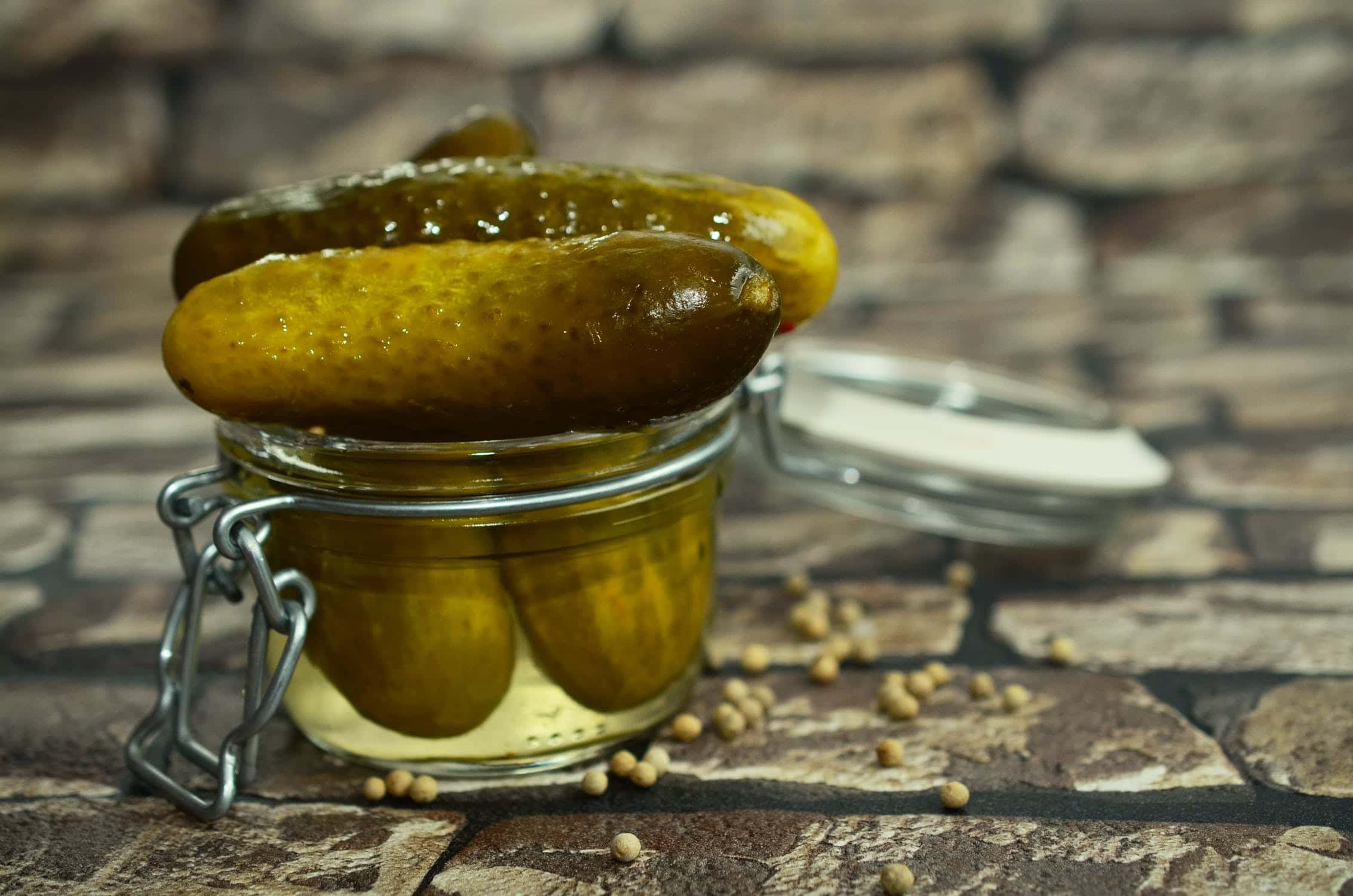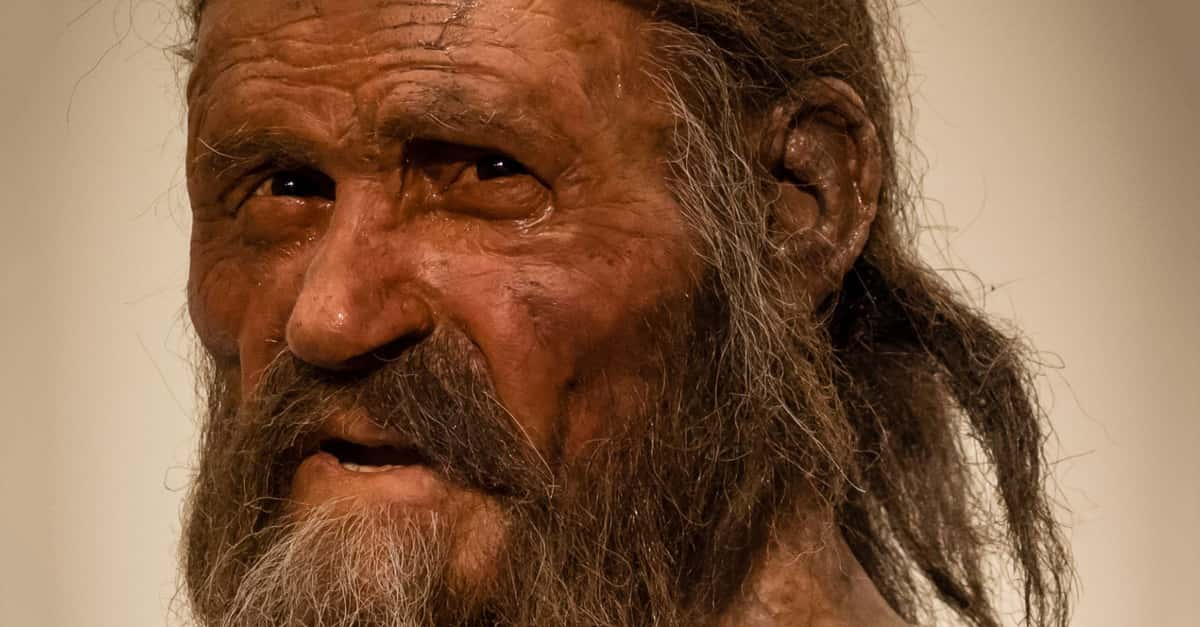In 17th century Europe, a strange and gruesome phenomenon kept happening. Maybe the first instance of the eerie event was in 1640 in Holstein Germany, when an unsuspecting local stumbled upon the wet remains of a corpse near Shalkholz Fen. The body was odd, leathered, and skeletal, but it also looked recent. And then, it happened again.
More than a generation later in 1773, someone found yet another preserved body on the island of Funen in Denmark. Seven years after that, hikers discovered a plump cadaver, this time on Drumkeragh Mountain in Ireland. In fact, for years across Europe, people kept finding oddly fresh bodies.
 Shutterstock
Shutterstock
Creepiest of all, no one ever knew who they were—or even who they could be. With nothing to go on, many communities began to fear there were unknown killers rampaging through the countryside and felling these anonymous victims, and they started giving the poor souls Christian burials in the hopes of laying their haunted spirits to rest.
The truth behind these disparate bodies only came centuries later. It was far darker than anyone imagined.
Bogged Down
Today, we have a name for these mysterious cadavers—bog bodies—and we know their incredible histories. For one, we know that when that first bog body was discovered way back in the 17th century, it was not a recent death. In fact, it was likely thousands of years old. That’s because although people came across the bodies miles and years apart from each other, they all had one thing in common: They were preserved in peat bogs or fens.
Although humans have long used carbon-rich peat for various purposes ranging from fuel to soil enrichment, peat bogs have another particularly fascinating ability. Depending on the type and composition of the peat bog, they can mummify bodies to one degree or another. If the bog is particularly powerful, the cadaver can even retain things like its skin or its stomach. But it’s how the bogs do this that’s the real revelation.
Pickled to Perfection
Sure, the ancient Egyptians had their own mummification technology, but even their medical advancements have nothing on peat bogs. Under certain climate conditions, lower layers of peat deep in a bog release humic acid, a substance with a pH similar to vinegar. Moreover, because these bogs don’t have a lot of drainage, there’s almost no oxygen inside these squelchy, vinegary layers of peat.
Think about those two specific conditions for a moment: (1) a vinegary solution that’s (2) sealed off from air. If that sounds a bit like a pickling jar to you, it’s because that’s pretty much exactly what it is. Bog bodies are essentially picked in peat, their tissues preserved and sealed off from any destructive, oxygen-loving bacteria. Even so, this is a complicated and tenuous process, and no bog body is perfectly preserved.
This process of preservation has led us to discover wide-ranging samples of bog bodies in different sites and in different states. The Koelbjerg Man, who astonishingly lived in 8000 BC, is the oldest specimen, but he was just a skeleton by the time we got there. By contrast, the Tollund Man, who lived in the 4th century BC, is so remarkably well preserved that he could be sleeping. Indeed, many bodies are so intact that researchers can even scientifically reconstruct their slack, staring faces.
There’s one gaping mystery left to solve. Not the how of the bog bodies, but the why. As in, why did these corpses end up in the middle of a bog in the first place? Now that answer is juicy.
Sacrificial Man
By the 20th century, humanity finally had the tools to perform tests on the bog bodies we had discovered so far. The examinations proved that these seemingly recent remains weren’t fresh slayings from a villain on the loose. This research, however, also confirmed something much more eerie—something 19th-century archaeologists had long suspected. Namely, these were often no mere victims of chance: They were sacrificial lambs.
The evidence for this conclusion is both unsettling and undeniable. For one, during the Iron Age—where most bog bodies come from—the locals believed the bogs had some kind of symbolic importance, and they often slipped the fens offerings made of bronze or gold. It stands to reason they might have also presented a human being as an even bigger present to the bog.
Oh, but it doesn’t end there. In the peat bogs located in Denmark, for example, an unnaturally high number of the bodies are youths between the ages of 16 and 20, suggesting that there was a deliberate and even ritual nature to their deaths. More telling still, bog bodies are often members of the upper class, with well-manicured hands and robust diets; these socially important figures make for good offerings.
Bog bodies also often have strange, ritualistic cuts and wounds. One called the Old Croghan Man even has two incisions under his nipples. Maybe creepiest of all? The Weerdinge Men of the Netherlands seem to have their entrails removed, which only gets eerier when you know that people of the time often used entrails to scry the future.
A World of Difference
Although many bog bodies are from the Iron Age, one size doesn’t fit all. There are European bog bodies from the Medieval period, and even ones dating back as recently as the Second World War. There are also bog bodies in Florida. In contrast to the Iron Age remains, these more recent bodies are more likely to have come about through regular old burials in wetlands rather than purposeful ritual sacrifice.
However, no matter their origin—or the origins of their deaths—bog bodies continue to fascinate us to this day. With the moment of their demise preserved through the centuries, they seem to both speak of the transience of life while proving its over-weaning desire to persist. In this crystallized state, bog bodies are a distorted reflection of ourselves: of our distant forebears, of our violent histories, and of our own mortality.













